Did You Know?
Dillu Roy's downfall is linked to a legend where a flood, sent by a wrathful goddess, destroyed the city after a transgression by the ruler
29°38'34.2"N 70°33'13.2"E
Dillu Roy's downfall is linked to a legend where a flood, sent by a wrathful goddess, destroyed the city after a transgression by the ruler
The Best Time to Visit Punjab Province is Year long as it has bearable Cold winters and Hot Summers. However, Summers can get really Hot and precautions are recommended during Daytime visits.

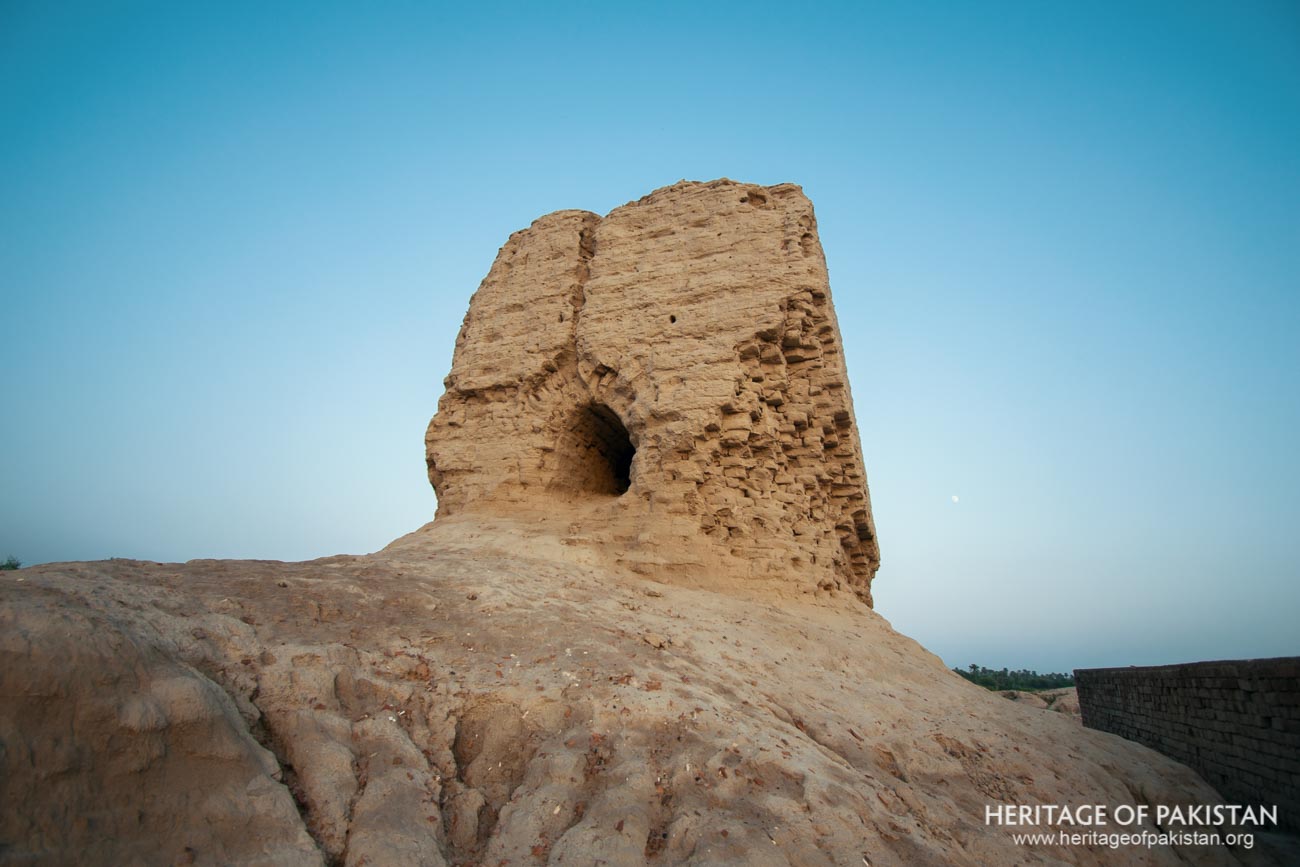
Dillu Roy mound, locally known as ‘Dillu Roy Thehr’, is a fascinating archaeological site in Punjab dating back to the Buddhist period in the region. This site, dating back nearly 2000 years, offers an glimpse into the Buddhist era, specifically the time of the Kushan Empire. The site of Dillu Roy came to light in 1858 when it was rediscovered, stirring intrigue among historians and archaeologists. This compelling site provides a window into the Syctho Parthian period of the 1st century or possibly the Kushan era that spanned 30-375CE. Dr. Abbas Birmani, in his book 'Tilismati Wadiyan', has poetically depicted Dillu Roy as a 'speaking city asleep', a fitting metaphor for a once-thriving settlement from the 2nd century BC to the 8th century AD.
Historians believe that the ancient city remained buried under layers of dust and sandstone for thousands of years until its rediscovery in 1858. The city, named after a Brahman prince called Dillu Roy, occupies a vast area, but locals started to encroach on the heritage site by cultivating crops on large parts of it. Despite the passing of time and human intervention, traces of the bastions that used to guard the city and its people are still visible.
The site was given a new lease of life in 2018, when extensive excavations by the Punjab Archaeology Department brought to light a wealth of artifacts associated with both Hinduism and Buddhism. More than 1370 pieces of artifacts were uncovered during these excavations, which make the discoveries significant. Items such as sling balls, dabbers, oil lamps, spoon handles, terracotta wheels, and animal figurines were also discovered at the site. These artifacts are evidence that the area was occupied by Buddhists during the Scytho-Parthian period, dating back to the 1st century BC to the 2nd century AD.
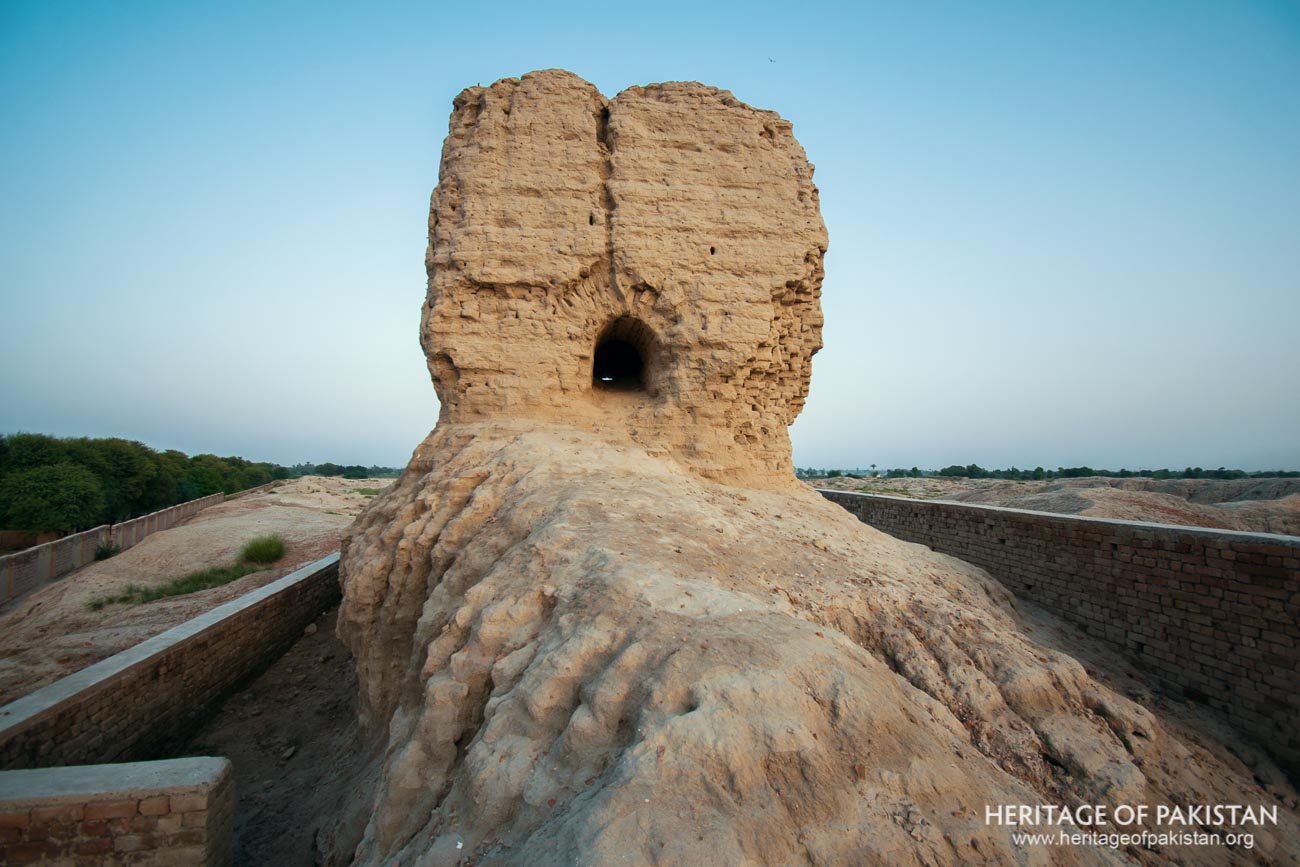
This rich range of historical artefacts discovered contain an array of beautifully decorated pottery shards and painted rubber stamps, signifying the cultural and religious richness of the era.
These cultural artefacts from the site have now found a home in the Harappa Museum, located near Sahiwal. The museum itself is situated near another ancient site of the Indus Valley Civilization. Together, these sites provide a compelling narrative of Pakistan's ancient roots.
The site is situated in the tehsil of Kot Chutta, within the district of Dera Ghazi Khan and Tehsil Jampur of District Rajanpur. More precisely, it's located in Mauza Khanpur, which is approximately 4 kilometers from Jampur, along the Dajal road. Interestingly, the site straddles the boundary of two districts: Dera Ghazi Khan and Rajanpur, with a significant part of the area - around 480 kanals - falling within Dera Ghazi Khan, while a minor portion - about 3 kanals - is within the Jampur Tehsil of Rajanpur. Geographically, Dillu Roy is located in a geographical feature locally known as 'Damaan' in the Siraiki language, denoting a plain area just adjacent to a mountain range. It lies between the Suleman Mountain range and the Indus River, specifically at the foothills of the Koh e Sulman Range. In 1964, the archaeology department declared Dillu Roy to be a protected archaeological site.
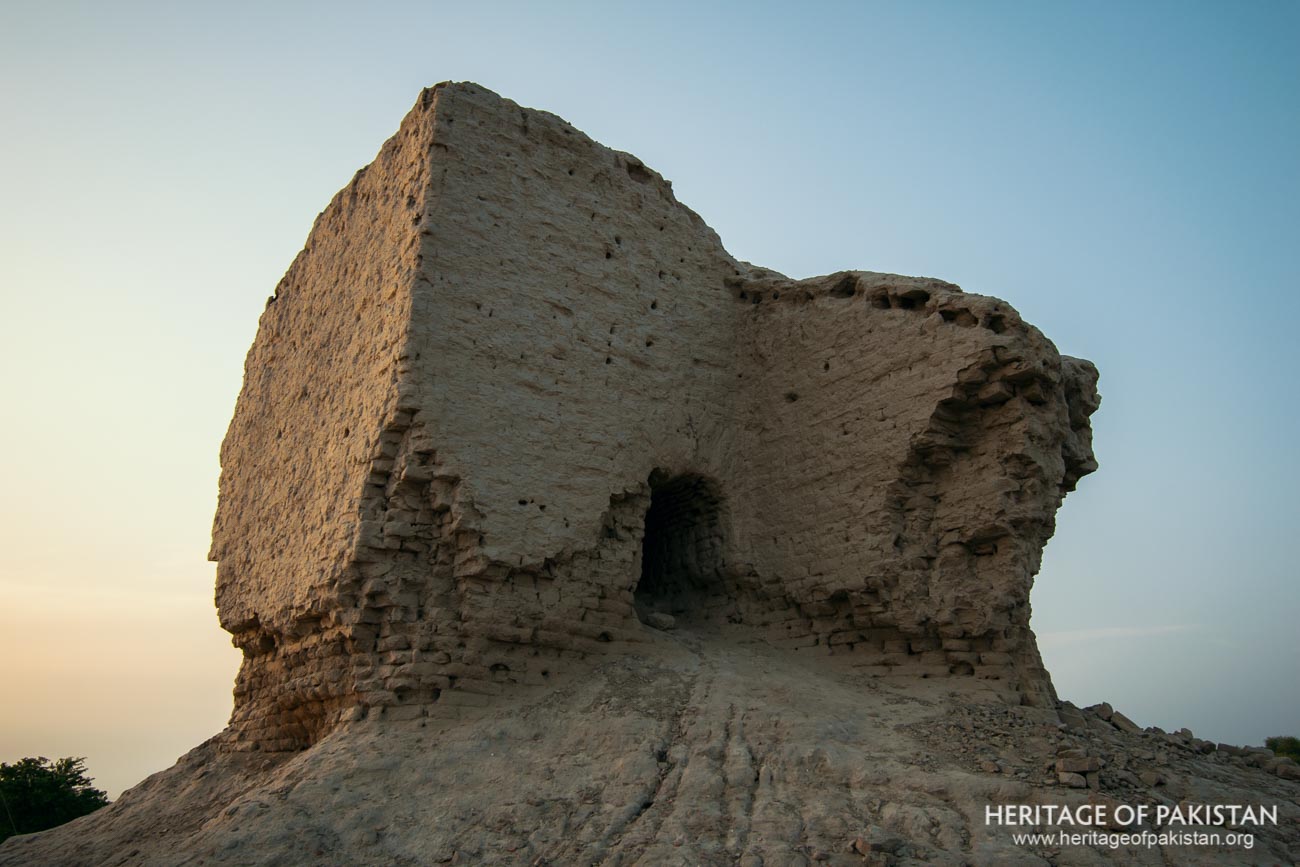
The story of Dillu Roy is as intriguing as the archaeological site itself. As the myth goes, Dillu Roy was a local chieftain, infamous for his ruthlessness and despotic behavior. According to local mythology, Dillu Roy's reign was marked by a disturbing edict: every newlywed bride within his dominion was commanded to spend her first marital night with the Raja himself. The decree was widely reviled, but it continued unopposed due to the fear of the ruler's wrath. However, resistance came from an unexpected quarter - Dillu Roy's own daughter. In a silent act of protest, she disguised herself as a bride and spent the night with her father, an act of incest that is said to have provoked divine retribution.
The legend concludes with the wrath of a goddess of disaster, invoked by this act of incest. In her anger, she is said to have brought about a great flood that washed away the city, effectively erasing Dillu Roy's cruel reign. This tale, passed down through generations, provides a mythical backdrop to the historical significance of the site.
The Kushan Empire (1st century CE to 3rd Century CE), which emerged during the first century CE, was a prominent power that extended across vast swathes of Central Asia, Northern India, and what is now modern-day Pakistan. Known for its diverse cultural influences, the empire played a crucial role in bridging East and West, facilitating the spread of Buddhism as well as fostering a distinctive art style known as Gandhara art.
Believed to date back to the Buddhist period of the Kushan Empire, the ruins and artifacts unearthed at Dillu Roy provide compelling evidence of this grand empire's cultural footprint in this region. Decorated pottery shards, painted rubber stamps, and traces of Hindu and Buddhist practices found at the site all offer crucial insights into the day-to-day life, religious beliefs, and artistic sensibilities of those living under the Kushan reign.
Dillu Roy, could have been influenced by either the Kushan Empire or the Indo-Parthian Kingdom due to its location and the time period when it was inhabited. The exact affiliation depends on precise dating of the artifacts found there, which can often be challenging in archaeology.
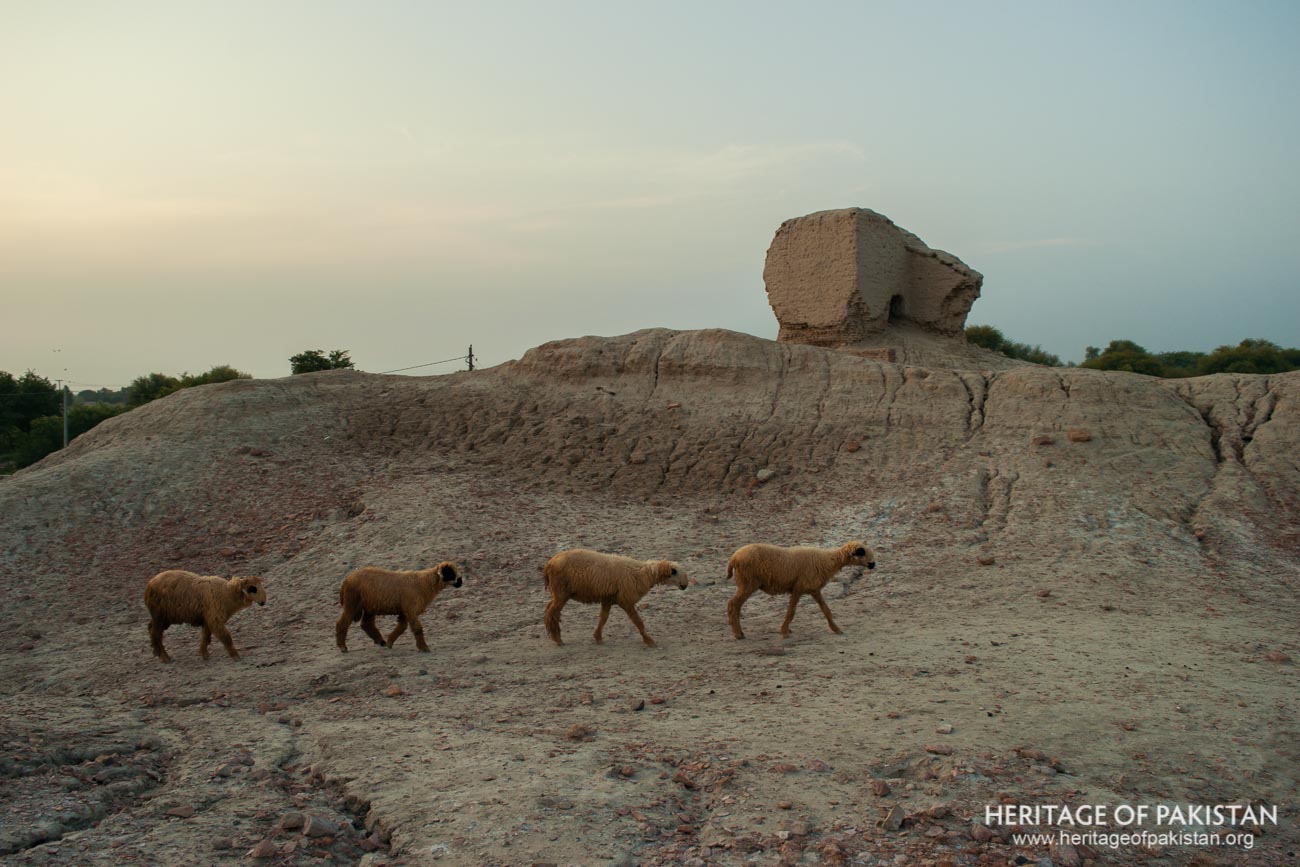
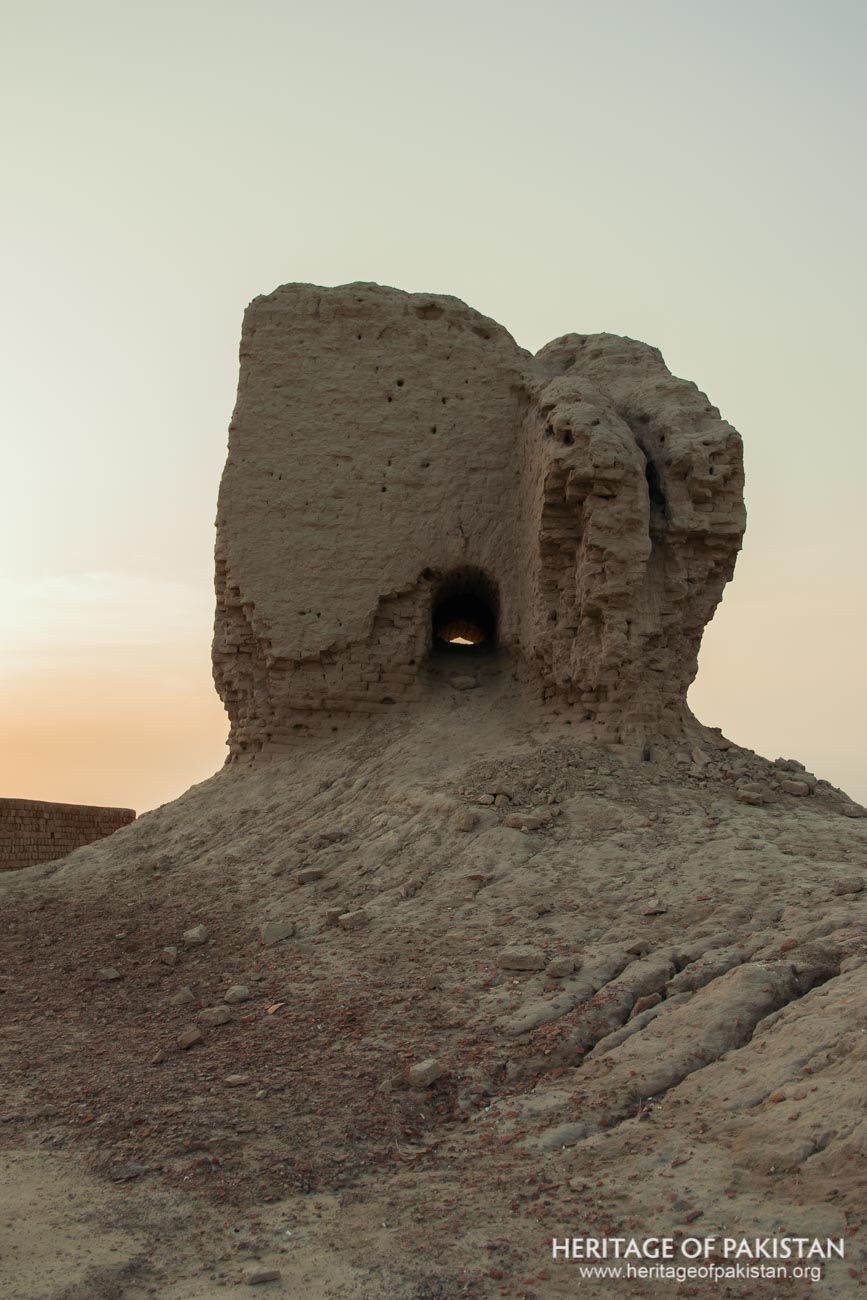
Sprawling over a vast expanse of 50 acres, the Dillu Roy archaeological site can be distinctly segmented into two parts - a larger hill and a smaller counterpart. The prominent hill, with dimensions measuring approximately 500m in length, 300m in width, and reaching a height of 10m, offers an imposing presence on the landscape. This hill, which roughly correlates to 1460x800x15 feet, is identified as the remnants of the ancient city.
Conversely, the lesser mound, although smaller with dimensions of 320m in length, 130m in width, and a similar height of 10m, is also interesting. This smaller mound, equivalent to around 380x950 feet in measurement, is believed to represent the remains of a fort, notable for its centrally located watchtower.
The two mounds are situated fairly close to each other, with a distance of approximately 100-150 feet separating them. This strategic configuration allowed for effective surveillance, especially with the presence of the watchtower, which would have provided early warning of incoming forces from the Koh-e-Suleman range. The physical layout of the site is distinctive, with the majority of the structures built from large sun-dried bricks measuring 37x23x5cm.
During the comprehensive excavation of the Dillu Roy archaeological site, an impressive collection of around 1370 small artifacts was unearthed. This includes terracotta bowls, human and animal molds, figurines, terracotta and stone beads, grinding mills, and various iron and copper household objects. Additionally, pieces of shell bangles and copper rings and amulets were discovered.
Notably, some unique items were also found among the excavated artifacts. This collection includes a seated lion sculpted in gray schist stone, a terracotta Buddhist plaque, and a clay statue of a seated woman. The lion sculpture in particular is a captivating piece, presenting a robust lion in a seated position that brings to life episodes associated with Buddha, such as the Naga Apalala and the Visvantara Jataka.
Additionally, a broken terracotta Buddhist plaque was found that features figures drawn in an Indian style reminiscent of the Mauryan and particularly Shunga period. The figure depicted is likely Parvati, identifiable by her distinct features including prominent breasts and a third eye.
Interestingly, over 1000 clay bullae or seals were discovered, which were typically used for official documents, personal letters, or Buddhist codes for teaching and religious purposes. Other findings include seals and tablets that feature human figures and Brahmi script, potentially related to Indian and Greek mythologies. The distinct style of these artifacts supports the belief that the site was a Buddhist settlement from the Scytho-Parthian era.
The site also revealed a clay statue believed to be between 1800-2000 years old. According to archaeologists, this statue likely belongs to a pre-Kushan dynasty and exhibits connections with the Gupta period. The statue represents a woman, possibly a goddess, adorned with a garland around her neck and beads still intact.
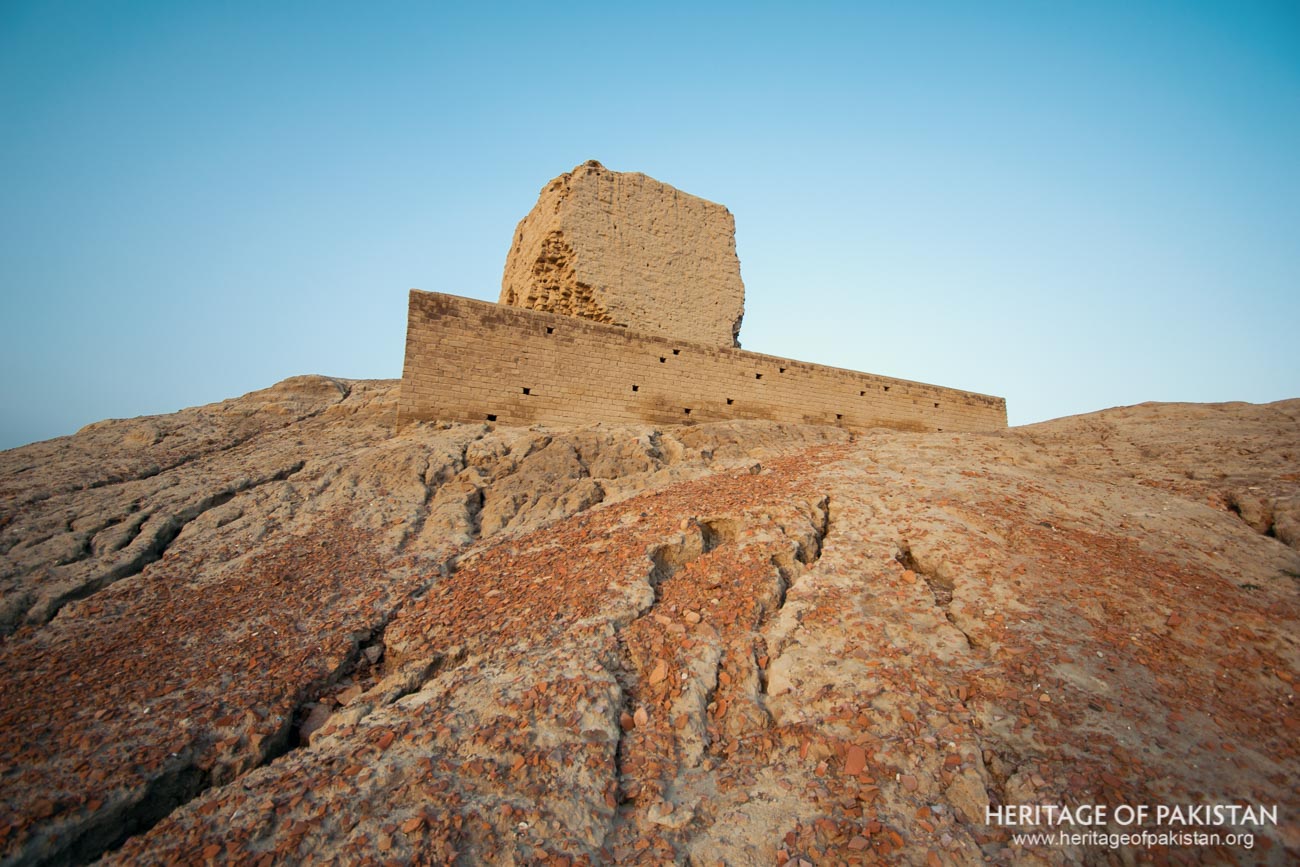
Dillu Roy was declared a protected site on February 26, 1964, under the provisions of the Ancient Monuments Preservation Act of 1904 .Unfortunately, despite its recognized status, the site has been subjected to invasive activities by local farmers, who inadvertently exposed the city's remnants through their digging at the site.
TThe archaeological department has initiated some protective measures, such as the construction of a protective wall encompassing the site and the deployment of a permanent attendant at the site . However, signs of local encroachment are still evident, posing a continuous threat to the preservation of this monumental site.
In a bid to protect the invaluable antiquities excavated from Dillu Roy, all artifacts have been securely stored at the Harappa Museum near Sahiwal.
The archaeological site of Dillu Roy underwent a comprehensive excavation in 2018, and a protective boundary encompassing around 5000 feet was also constructed to safeguard the site. Unfortunately, the site has witnessed frequent plundering over time, threatening the preservation of its valuable artifacts.
In response to these threats, the Archaeology Department of the Government of Punjab launched a project in 2017-2018, investing a significant sum of 17.323 million to thoroughly excavate the site and erect a robust protective boundary wall. The intensive excavation operation commenced in January 2020 and concluded on March 20, 2020. Initially planned as a 45-day operation, the excavation extended over 52 days, reflecting the complexity and importance of the task.
The careful and methodical excavation revealed the ruins of the fortification wall, various mud-brick structures, and numerous occupational levels across different squares. This process unearthed a wealth of cultural material, including pottery and small finds that date back to the 2nd to 7th century AD, further cementing the historical significance of Dillu Roy. The entire excavation operation was supervised and led by Muhammad Hassan, the Deputy Director of the Archaeology Department, South Circle.
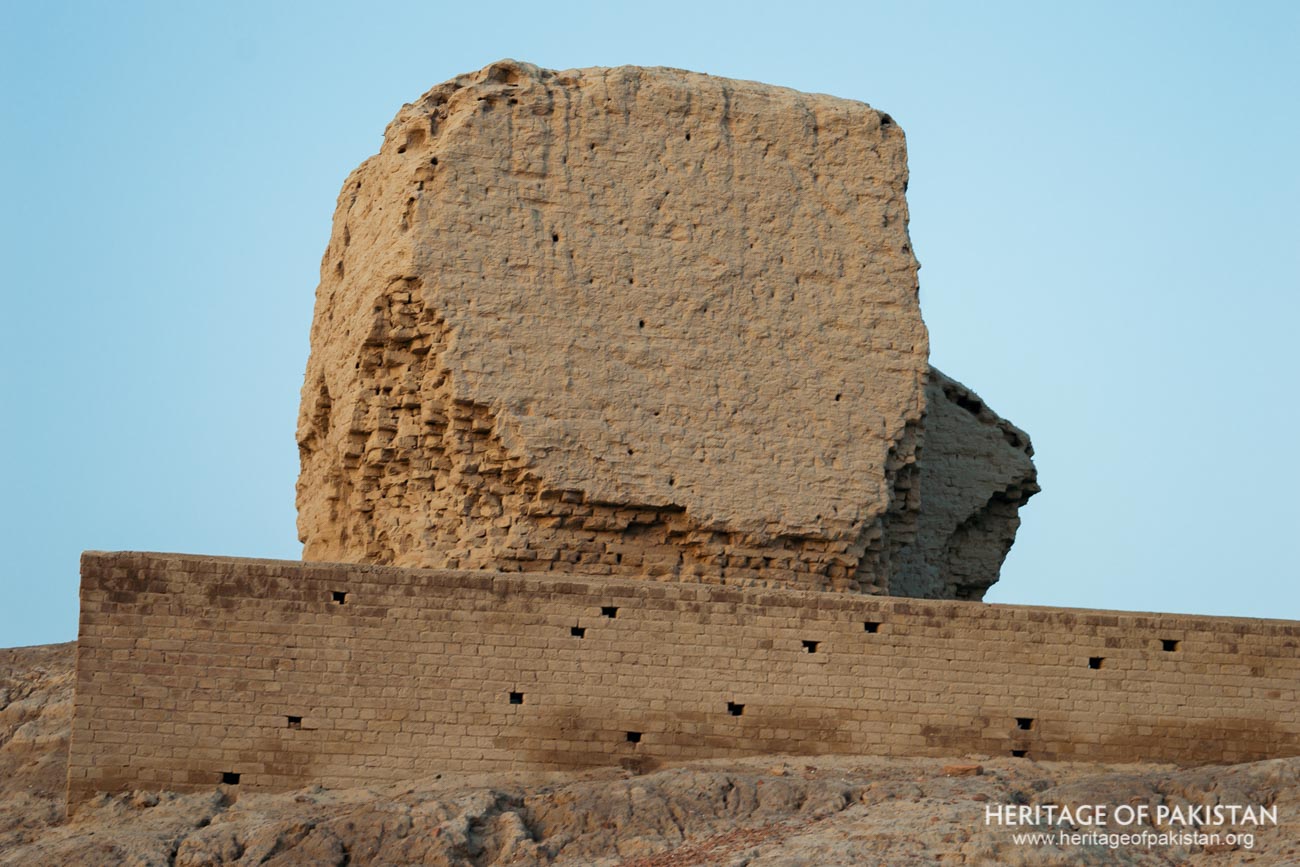

Discover the Dillu Roy Ruins image gallery and immerse yourself in photographs

All Photographs by Syed Noor Hussain and Sania Azhar.
All Rights Reserved. Photos may be used for Non-Commercial, Educational, Artistic, Research, Non-Profit & Academic purposes.
Commercial uses require licensing agreement.


Add a review